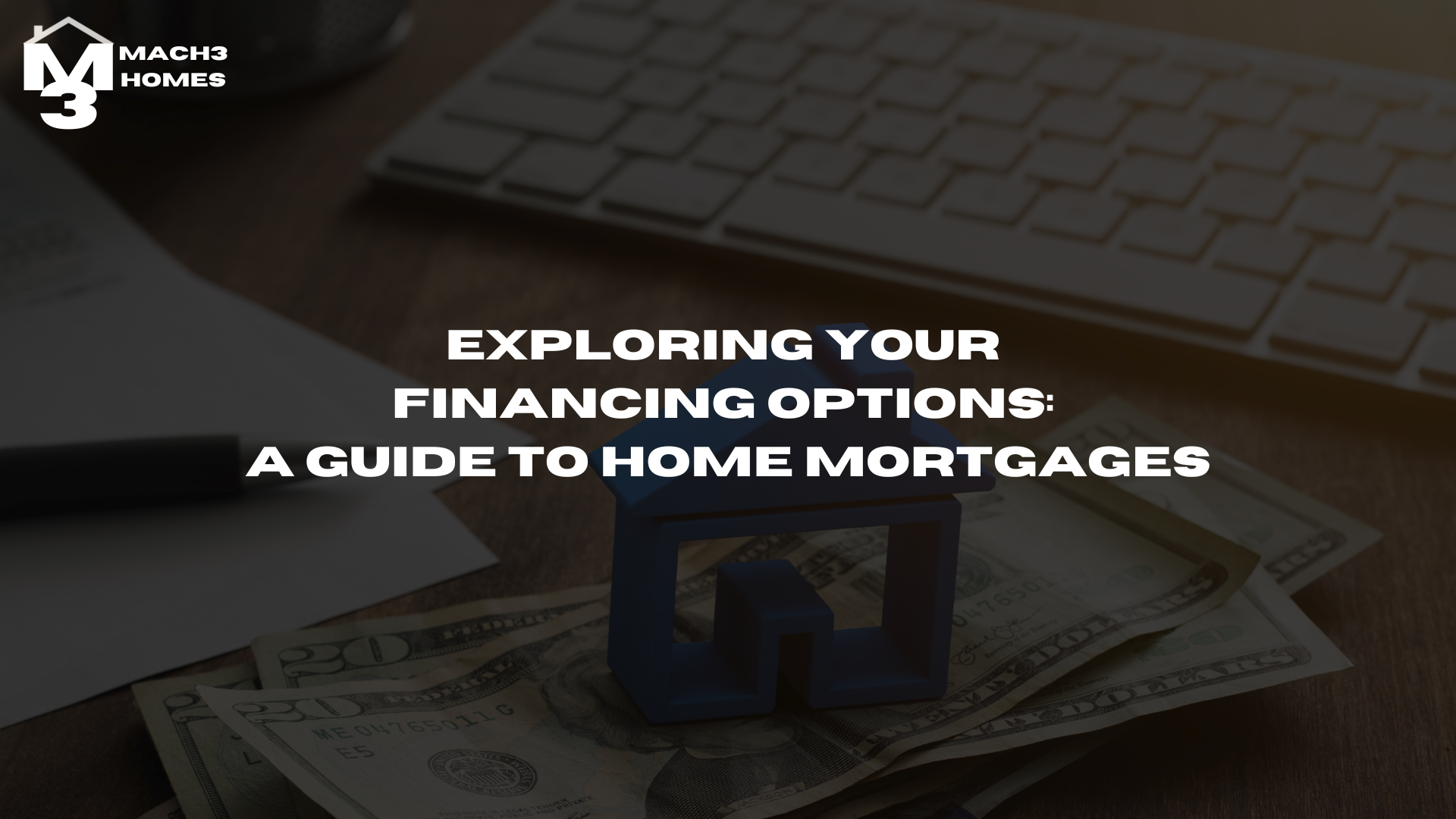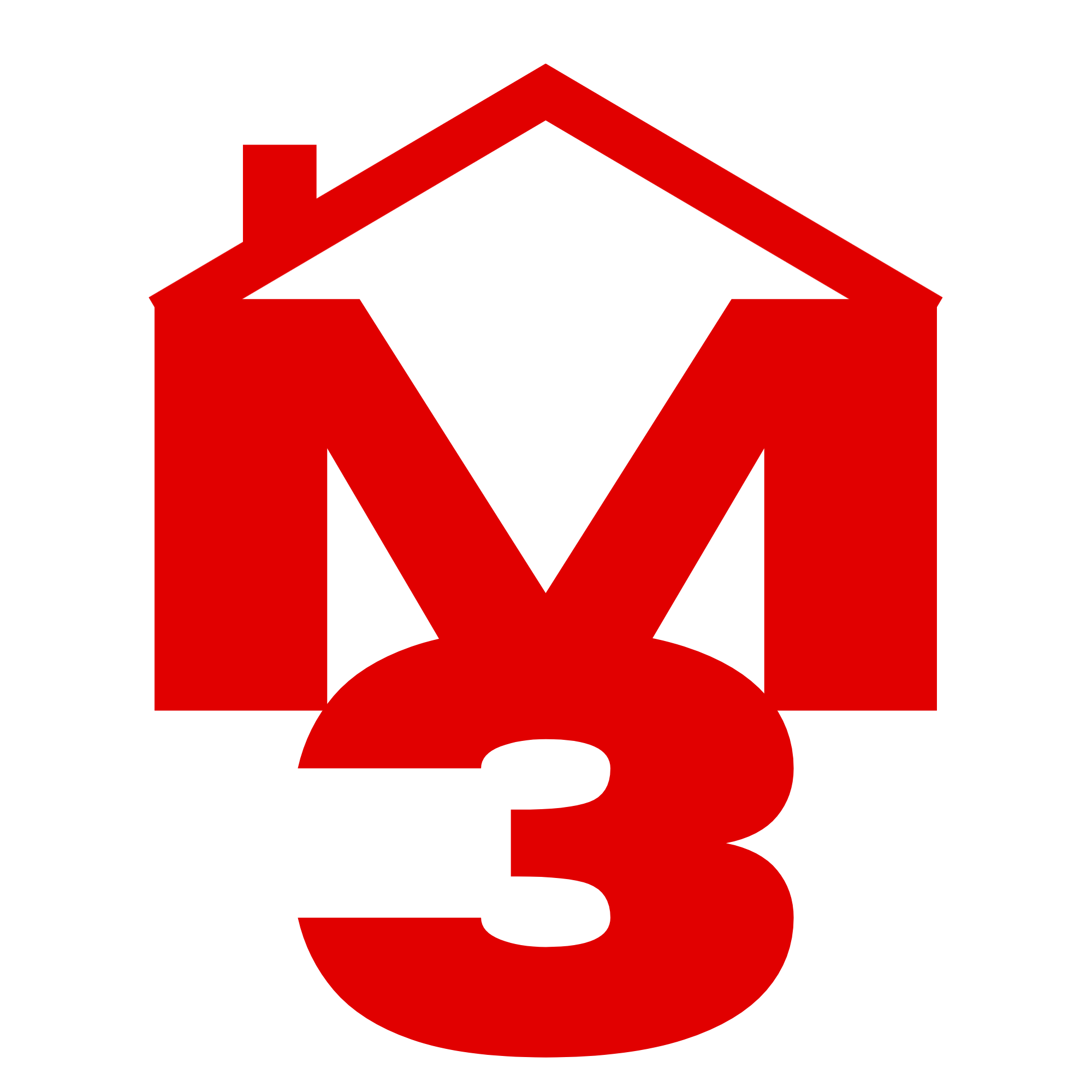
Exploring Your Financing Options: A Guide to Home Mortgages
Buying a home is a significant financial decision, and choosing the right financing option is essential. In this guide, we’ll explain various mortgage types, down payment requirements, and provide insights to help you make an informed choice tailored to your needs.
1. Mortgage Types:
- Fixed-Rate Mortgage: With a fixed-rate mortgage, your interest rate remains constant throughout the loan term (e.g., 15, 20, or 30 years). This offers stability and predictability in monthly payments.
- Adjustable-Rate Mortgage (ARM): An ARM has an initial fixed rate, typically for 3, 5, 7, or 10 years, after which the rate adjusts periodically based on market conditions. ARMs often start with lower interest rates but carry more risk due to potential rate increases.
- FHA Loan: Insured by the Federal Housing Administration, FHA loans are popular among first-time buyers. They require a lower down payment (usually 3.5%) but come with mortgage insurance premiums.
- VA Loan: Available to eligible veterans and active-duty military personnel, VA loans often require no down payment and have favorable terms.
- USDA Loan: USDA loans are for rural and suburban homebuyers with low to moderate incomes. They offer 100% financing and competitive interest rates.
2. Down Payment Requirements:
- Conventional Loans: Typically, conventional loans require a down payment of 5% to 20% of the home’s purchase price. The exact amount depends on factors like credit score and lender requirements.
- FHA Loans: As mentioned, FHA loans have a minimum down payment of 3.5%.
- VA Loans: VA loans often require no down payment.
- USDA Loans: USDA loans offer 100% financing, meaning no down payment is needed.
3. How to Choose the Right Financing Option:
- Assess Your Financial Situation: Consider your income, credit score, and existing debts. A higher credit score can qualify you for better interest rates and terms.
- Determine Your Budget: Calculate how much you can comfortably afford for a monthly mortgage payment, including taxes and insurance.
- Evaluate Your Long-Term Plans: Think about how long you plan to stay in the home. This can influence your choice between a fixed-rate or adjustable-rate mortgage.
- Research Lenders: Shop around for mortgage lenders to find competitive rates and terms. Pre-approval from multiple lenders can help you negotiate better terms.
- Seek Professional Guidance: Consult with a mortgage broker or financial advisor for personalized advice.
4. Additional Costs and Considerations:
- Closing Costs: Be prepared for closing costs, which typically range from 2% to 5% of the home’s purchase price.
- Private Mortgage Insurance (PMI): If your down payment is less than 20% of the home’s value, you may be required to pay PMI.
- Interest Rates: Keep an eye on interest rates, as they can significantly impact your monthly payments and the total cost of your loan.
Selecting the right financing option is a critical step in your journey to homeownership. By understanding the various mortgage types, down payment requirements, and considering your financial situation and long-term goals, you can make an informed decision that suits your needs and budget. Don’t hesitate to seek guidance from mortgage professionals to ensure you choose the best financing option for your unique circumstances.
